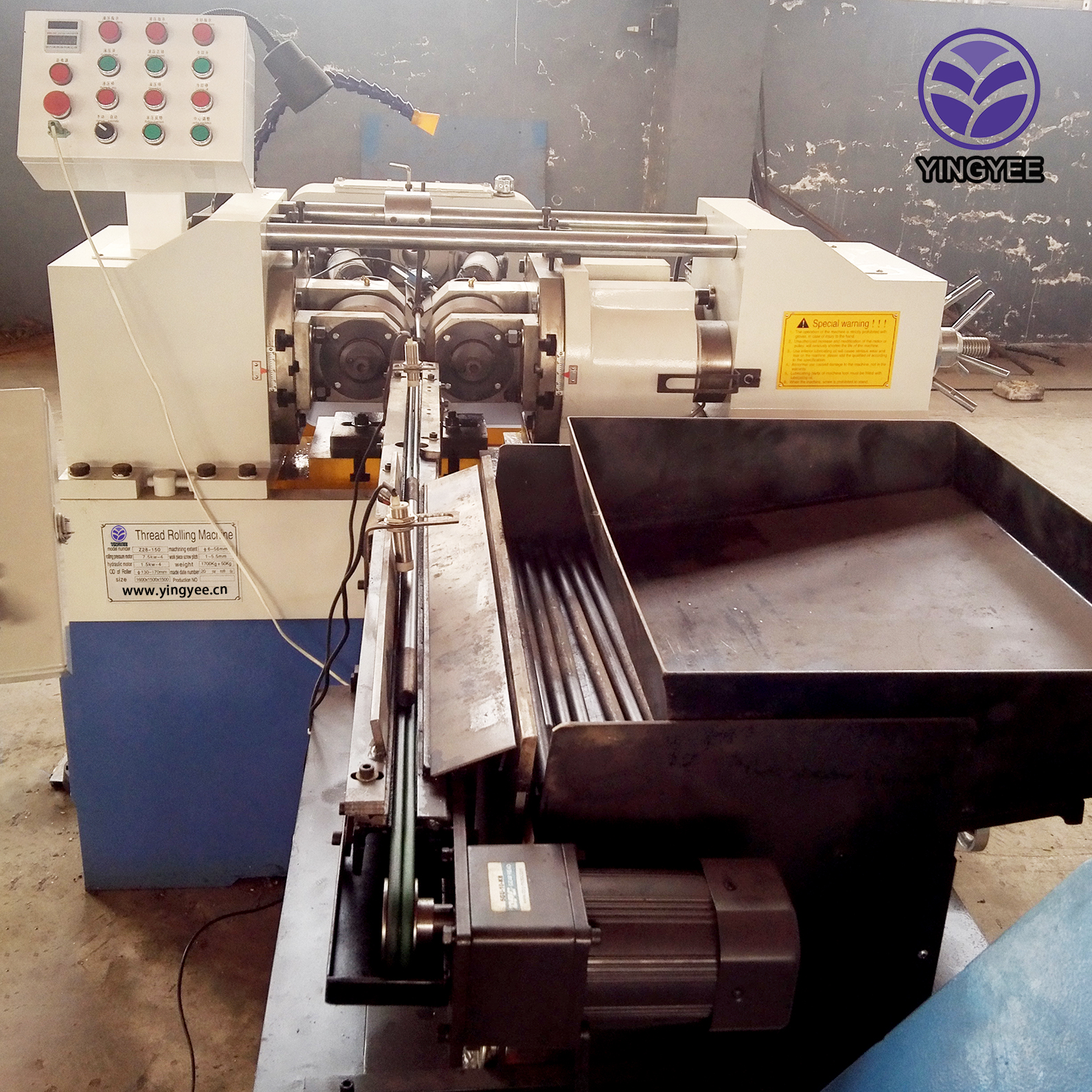
The Evolution of Stud and Track Making Machines
In the construction and manufacturing industries, the necessity for efficiency and precision has led to the development of various machinery. One significant advancement is the stud and track making machine, which plays a crucial role in the production of metal framing components used in walls, ceilings, and other structures.
Stud and track making machines are specialized equipment designed to produce high-quality steel studs and tracks quickly and efficiently. These components are integral to the framing process, providing the structural framework for drywall installations and other applications. The efficiency of these machines has revolutionized the way builders approach construction projects, allowing for faster assembly times and reduced labor costs.
The Mechanism Behind the Machine
Typically, a stud and track making machine operates through a series of processes that involve cutting, bending, and forming metal sheets into the desired shapes. High-speed roll forming technology is often employed, which allows the machine to shape metal into precise profiles as it moves through the system. The process begins with large coils of steel, which are fed into the machine. These coils are then unwound and passed through rollers that progressively shape the metal into studs and tracks.
Modern stud and track making machines are equipped with advanced features such as computer numerical control (CNC) systems, which enable operators to program various specifications and dimensions easily. This flexibility ensures that manufacturers can produce custom components to meet specific project requirements without having to invest in multiple machines.

Benefits of Using Stud and Track Making Machines
The advantages of using stud and track making machines are manifold. Firstly, they significantly increase production rates, enabling manufacturers to meet growing demands in construction markets. The precision offered by these machines reduces the likelihood of errors, which can lead to costly rework and delays in project timelines.
Furthermore, these machines contribute to sustainability efforts within the industry. By maximizing the use of raw materials and minimizing waste during the production process, manufacturers can operate in a more environmentally friendly manner. The durability and longevity of steel studs and tracks also promote sustainable building practices, as these materials often outperform traditional wood framing options.
Conclusion
In summary, stud and track making machines represent a vital evolution in the construction industry, enhancing efficiency and precision in the manufacturing of metal framing components. As technology continues to advance, we can expect even greater innovations in these machines, further driving productivity and contributing to sustainable building practices. For anyone in the construction sector, investing in such technology is not just a trend but a necessary step towards modernizing operations and staying competitive in an ever-evolving market.